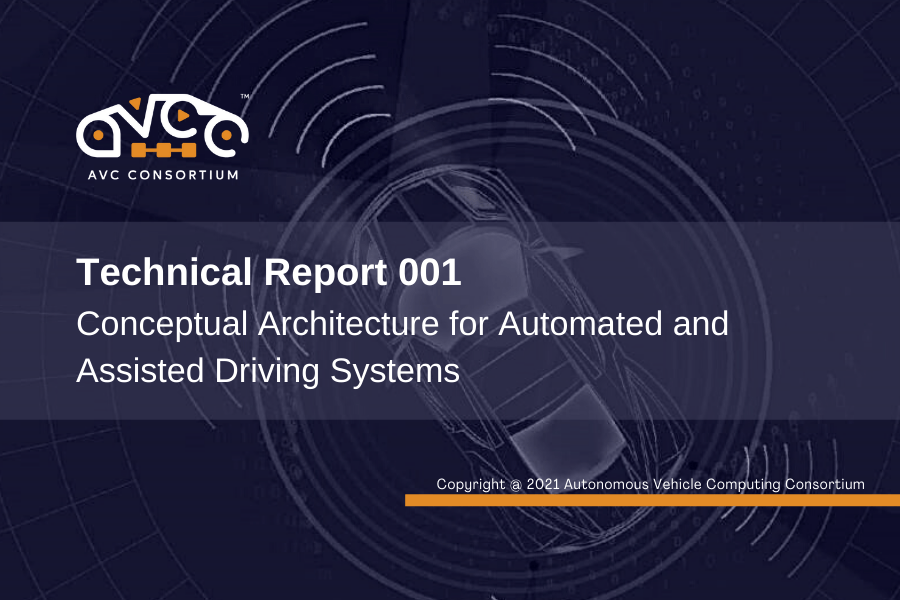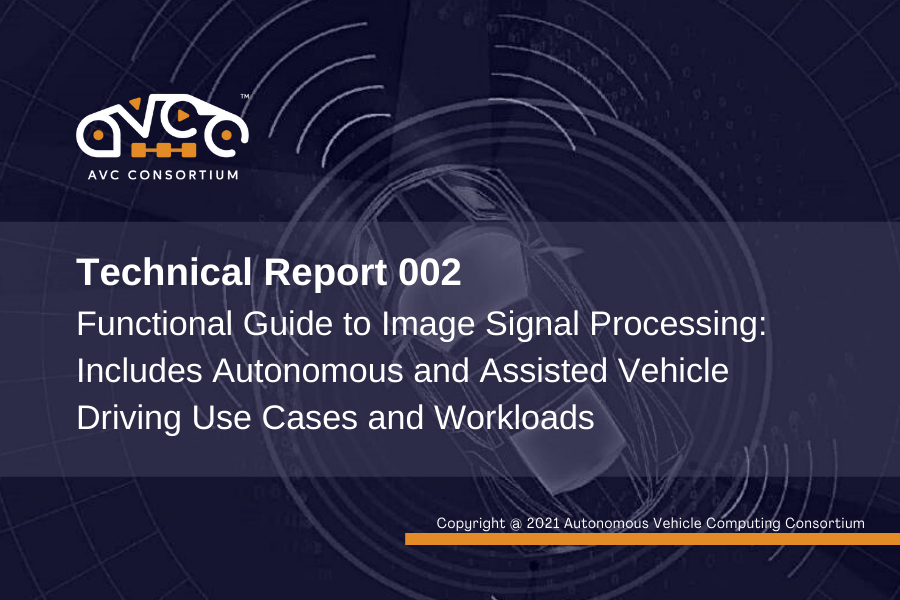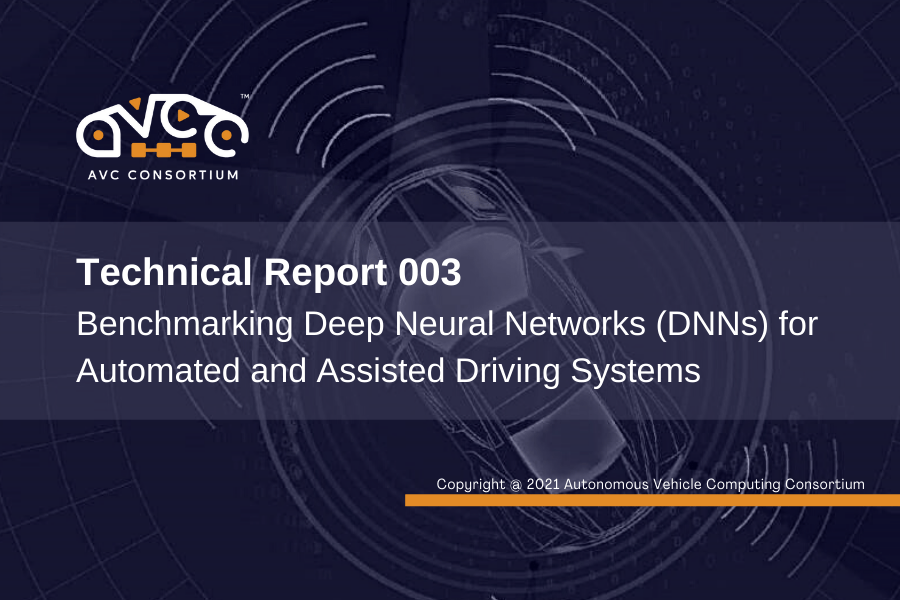AVCC Members: you have immediate priority access to this report in AVCC’s archives. Please log in to download, or email info@avcc.org for assistance with the report.
Not an AVCC member? A complimentary abstract of the report is below. If you would like additional information or access to the full report, please send an email to our membership team at outreach@avcc.org and we will reply shortly.
TR-006: Baseline Cybersecurity for Automated Driving & Assisted Driving Systems
Unlocking Secure Autonomous Driving: A Comprehensive Guide
Welcome to the guide for crafting secure and trustworthy computer systems dedicated to the central processing of assisted or automated driving. Developed through collaborative efforts and insights from various industry stakeholders, this document serves as a beacon for designing robust platforms in the dynamic landscape of autonomous vehicles. Let’s delve into how this guide can empower your team and ensure the safety of autonomous and assisted driving applications.
The Foundation: Understanding the Purpose
At its core, this document strives to serve several crucial purposes:
- Usable Basis for Security Requirements: Establish a foundation for deriving security requirements for platforms handling the processing needs of autonomous or assisted driving tasks.
- Baseline Threats and Functional Security: Identify baseline threats, assets, and functional security requirements, setting the stage for robust security measures.
- Alignment with Regulations and Standards: Ensure alignment with critical regulations and essential standards by defining baseline security functional requirements.
- Generic Baseline Protection Profile: Pave the way for a generic baseline protection profile for Automated Vehicles and Assisted Driving (AV/AD) compute systems, offering a standardized approach.
- Navigating the Landscape: Scope and Intended Readership
Scope of the Document
The document focuses on generic IT and control security requirements for AV/AD compute systems along with assurance factors. It does not assess specific machine-learning model-based perception security or protections for the operational environment involving remote servers, vehicle sensors, and actuators.
Placing the Document in Context: Automotive Cybersecurity
Delving into the broader context, Section 2.5 explores the unique challenges of automotive cybersecurity, especially in the realm of autonomous vehicles. It emphasizes the increased likelihood and impact of threats, necessitating a meticulous approach to security engineering.
Collaborative Insights: Related Work
We have drawn from the insight of AVCC members, as well as existing standards, regulations both within and outside the automotive industry. We do not consider infotainment systems in this work. In conclusion, this document stands as a testament to collaborative industry efforts, offering a roadmap to secure and trustworthy autonomous and assisted driving systems. Whether you’re a cybersecurity expert, a developer, or a regulatory body, this guide equips you with the knowledge to navigate the complexities of designing secure AV/AD compute systems. Embrace the future of autonomous driving with confidence, armed with the insights provided in this indispensable guide.
An overview of the table of contents:
- Introduction: Objectives, Scope, Readership, Format, Context
- Cyber Security in Autonomous & Assisted Driving:
- Dynamic Driving Task
- Conceptual Architecture
- Attacker Motivations
- Attacker Capabilities
- Attack Sources
- Attack Types & Targets
- Regulatory, Standards, and Compliance Factors
- Baseline Security Problem Definition
- Assets
- Threats
- Organizational Security Policies
- Security Objectives
- Baseline Security Requirements
- Considerations for Design & Assurance
- Use & Re-use of trustable components
- Considerations for certification methodologies
- Managing AI Security Risks
For access to the full report, please email our membership team at outreach@avcc.org.



